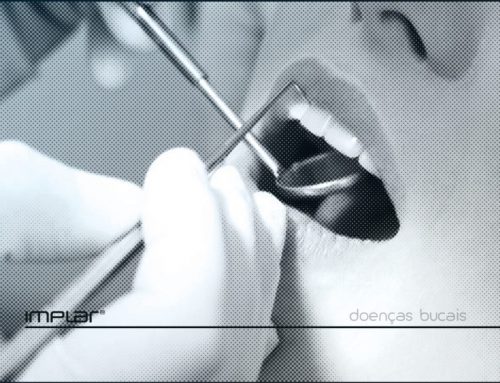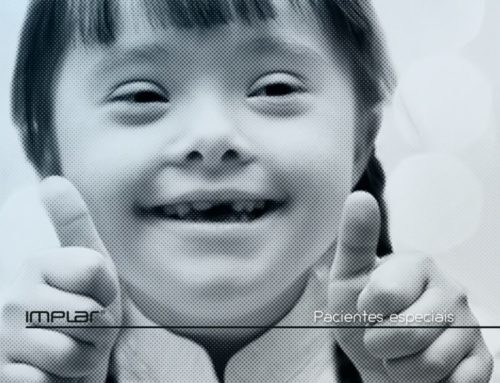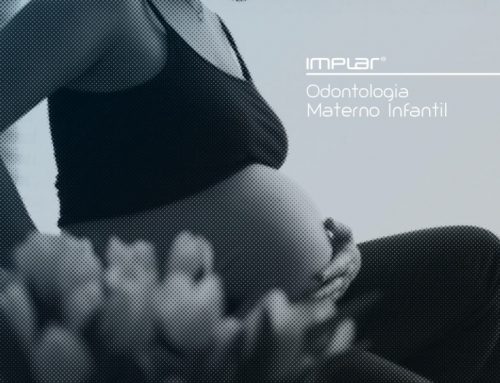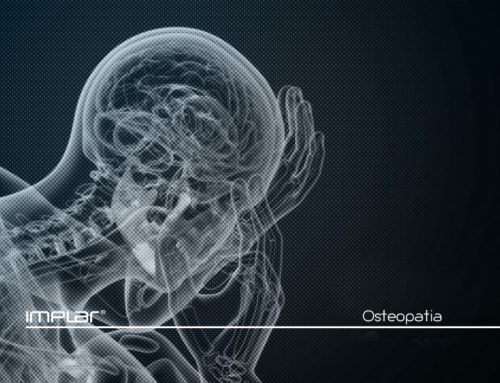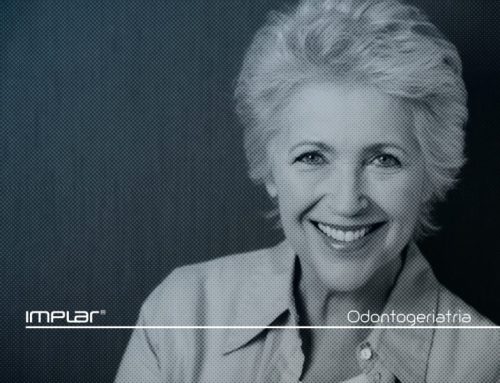Physiotherapy Applied to Dentistry
Physiotherapy represents a group of important supportive actions for the successful treatment of patients with temporomandibular disorders (TMDs). Physiotherapy intervention is performed through the use of various therapeutic modalities such as ultrasound electrophoresis and phonophoresis, laser therapy and transcutaneous electrical stimulation analgesia (TENS), heat and cold therapy, manual therapy for mobilization of soft tissues and articular well such as myofascial release depending on a careful evaluation of the patient. In general, the patient reports relief of the symptomatological conditions, which allows the restoration of the normal function of the masticatory apparatus, besides the postural condition.
Physiotherapy helps relieve musculoskeletal pain and restore normal function by altering sensory input, coordinating and strengthening muscle activity, and promoting repair and regeneration of tissues. The physiotherapist can intervene, not only directly in the treatment of TMDs, but also indirectly in reeducation and postural restructuring. All this through the repositioning of the mandible to the skull, minimization of muscular pain, improvement of the range of movements, re-education of the patient in relation to correct positioning of the mandible, reduction of inflammation and strengthening of the facial musculoskeletal system.
REFF: Alves-Rezende, Maria Cristina Rosifini, et al. “Therapeutic approach in temporomandibular disorders: physiotherapy techniques associated with dental treatment.” Archives of Health Investigation 1.1 (2012).

